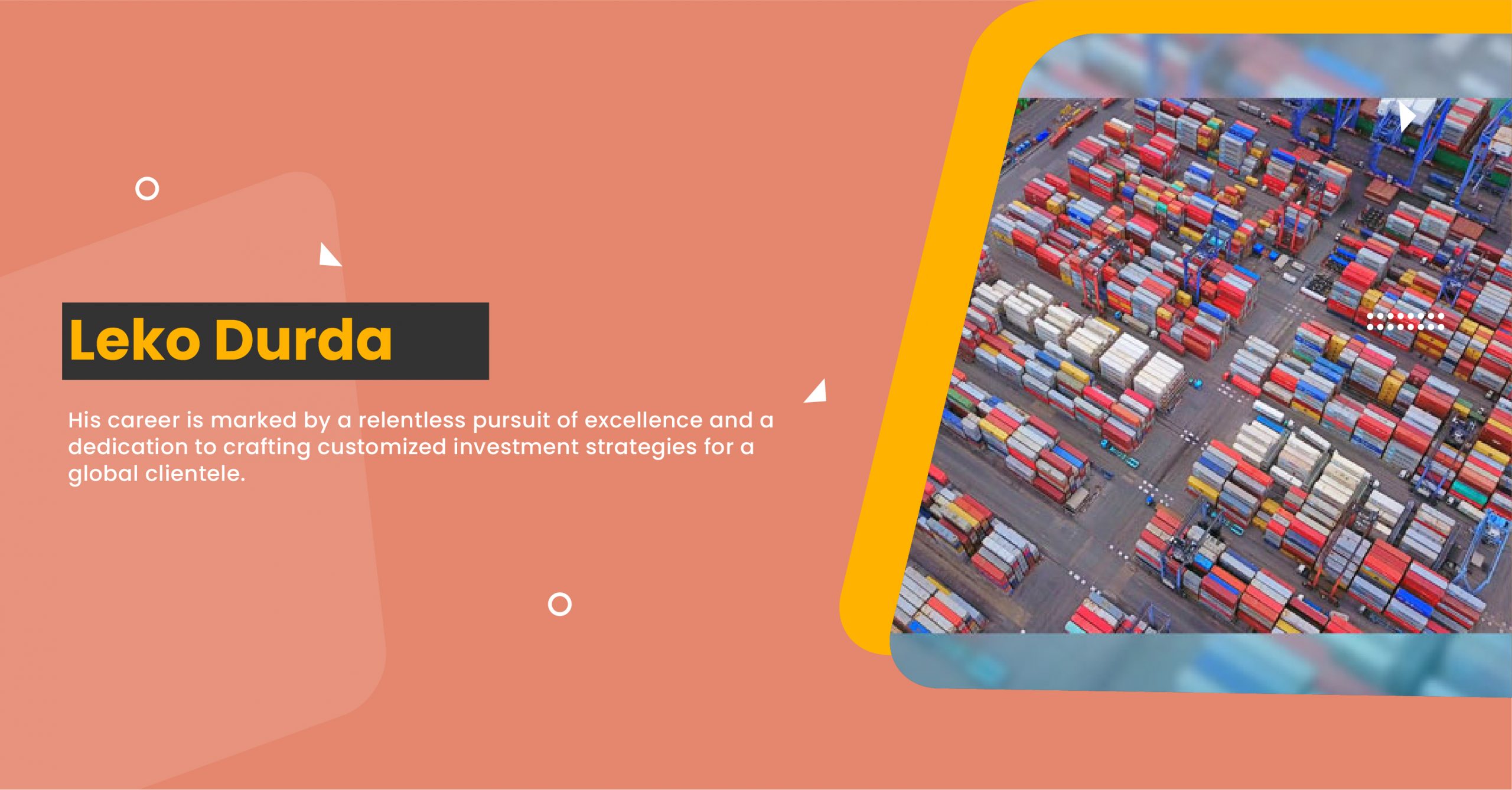
In an era where global challenges such as poverty, inequality, and environmental degradation are more pronounced than ever, traditional approaches to philanthropy are evolving. Enter impact-driven philanthropy, a progressive model that combines the heart of giving with the mind of investing. This approach prioritizes not just the act of giving but also the impact of these contributions on societal issues. Here, we delve into how impact-driven philanthropy redefines charitable giving and its profound implications for creating a sustainable and equitable future.
The Evolution of Philanthropy: From Charity to Change-Makers
Philanthropy has traditionally been about generosity and helping those in need. However, a more strategic approach is replacing the concept of just giving money away. Impact-driven philanthropy focuses on the tangible outcomes of charitable actions. It’s not just about donating; it’s about investing in solutions that yield measurable and sustainable change. This evolution reflects a growing understanding that tackling complex social issues requires more than just goodwill; it necessitates a strategic, outcome-oriented approach.
The Philosophy Behind Impact-Driven Philanthropy
The core philosophy of impact-driven philanthropy is simple: every dollar donated should provide immediate relief and contribute to a long-term solution. Philanthropists adopting this model are not just donors but change agents who actively participate in the causes they support. They set clear goals, use data and research to guide their decisions, and continuously monitor the effectiveness of their contributions.
Strategic Giving: The Approach of Impact Philanthropists
Impact philanthropists adopt a variety of strategies to maximize the social impact of their giving. Some of these include. Philanthropists identify causes that are close to their hearts and where their contributions can make the most significant impact. This alignment ensures that their philanthropy is both personally meaningful and socially effective.
Collaborative Efforts
Recognizing that complex problems require collective action, impact philanthropists often collaborate with governments, NGOs, and others. This collaborative approach helps pool resources and expertise, leading to more impactful outcomes.
Emphasis on Innovation and Scalability
Impact-driven philanthropy often focuses on innovative solutions that can be scaled to benefit a larger population. This approach involves funding new ideas, startups, or initiatives with the potential for systemic change.
Measuring and Evaluating Impact
A distinctive feature of impact-driven philanthropy is the emphasis on measuring and evaluating the impact of donations. Philanthropists use various metrics and tools to assess the effectiveness of their contributions, ensuring accountability and transparency.
Case Studies: Impact Philanthropy in Action
The Bill & Melinda Gates Foundation is a paramount illustration of impact-driven philanthropy, epitomizing how strategic, data-informed giving can effectuate profound and lasting change in critical areas such as global health, education, and poverty alleviation. This foundation’s commitment to meticulously researched and results-oriented strategies has allowed it to make groundbreaking contributions, setting a high standard for how philanthropic efforts can be directed to yield the most significant, measurable, and sustainable impacts in tackling some of the world’s most pressing challenges.
Social Impact Bonds
Social Impact Bonds are an innovative financing tool that allows private investors to fund social programs. The government or a philanthropic organization only repays the investment if the program achieves its intended social outcomes.
Educational Initiatives
Many philanthropists focus on education, recognizing its role in breaking the cycle of poverty. By funding scholarships, educational technology, and policy reform, they aim to create long-lasting societal change.
The Challenges and Criticisms
While impact-driven philanthropy is promising, it has criticisms. Some argue that it can oversimplify complex social issues or needs to focus more on quantifiable outcomes, neglecting essential but less measurable aspects of social change. Additionally, the power dynamics in philanthropy can sometimes overshadow the voices and needs of the communities it aims to serve.
The Future of Philanthropy
Looking ahead, impact-driven philanthropy is likely to continue growing in prominence. With the rise of social entrepreneurship and impact investing, the lines between philanthropy, business, and government are blurring, leading to more integrated and innovative approaches to social change. As we move forward, the emphasis will likely be on doing good and effectively and sustainably. Impact-driven philanthropy significantly shifts how we approach charitable giving. Blending the heart of traditional philanthropy with a strategic, results-oriented approach promises to make more substantial and sustainable impacts on the world’s most pressing challenges. As this model continues to evolve, it holds the potential to change lives and transform entire communities and societies for the better.